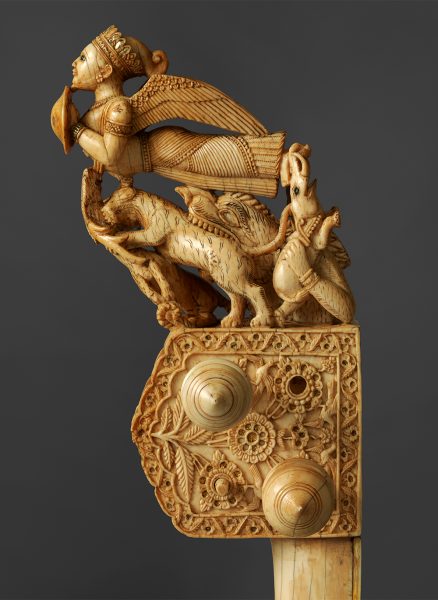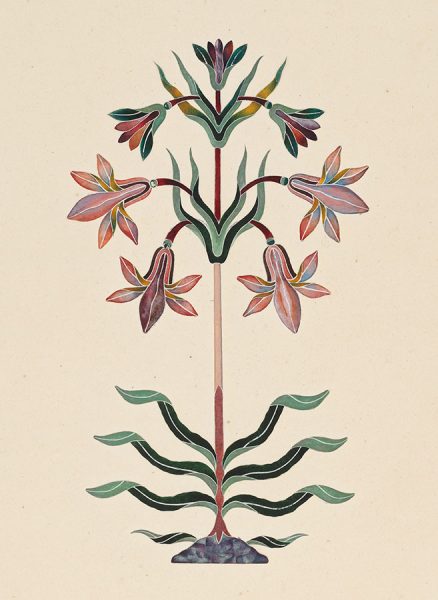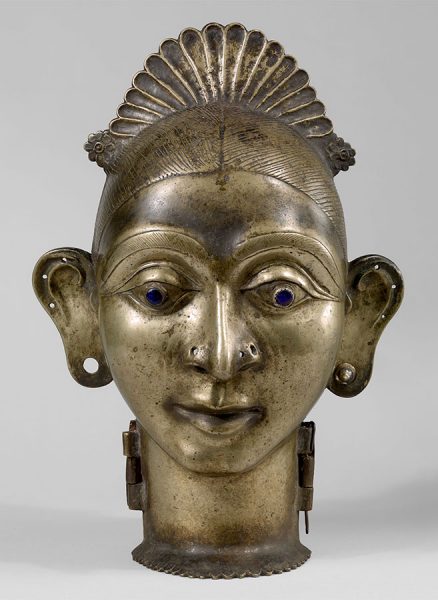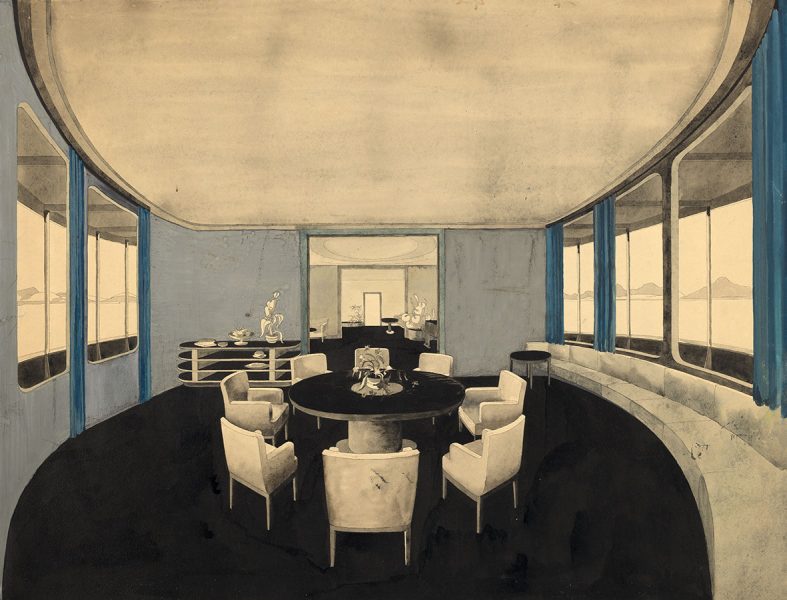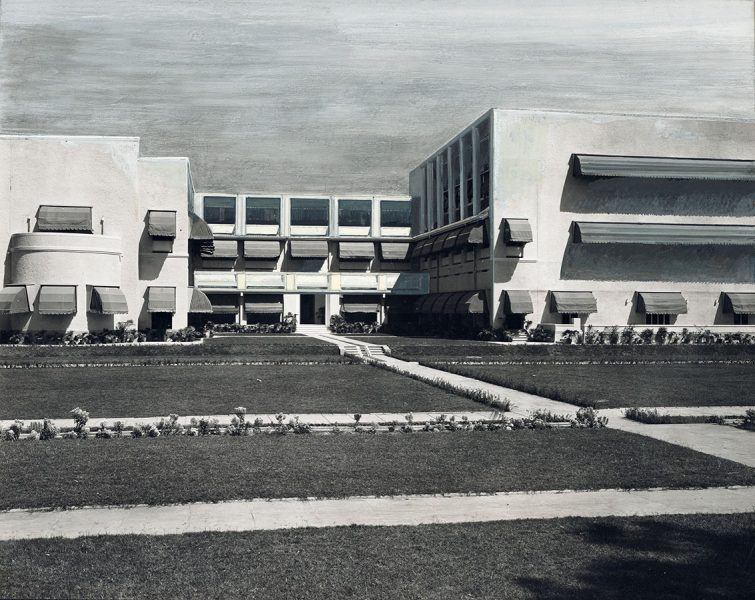Exhibition images
1/5
A Seventeenth Century Ivory Sarinda
Deccan, India. 17th century.
Ivory, hide, rubies, sapphires, gold, and traces of pigment
63.7 × 28 × 14 cm
Provenance:
Sir Gregor MacGregor, 6th Baronet of Lanrick and Balquhidder, Scotland (1925-2003)
Christie’s London May 3, 1977 (Lot 90)
Private collection UK (acquired at the above sale)
Exhibition and Publication history:
Indian Heritage Exhibition. Victoria and Albert Museum. 1982
Gloire de Princes. Cité de la Musique, item 60, page 118-119, 2003, Paris, 2003
Sultans of Deccan India, 1500–1700: Opulence and Fantasy, The Metropolitan Museum. 2015
Frieze Masters 2021
13th October, 2021 - 17th October, 2021
Main Section – Stand F-08
The Regent’s Park
London
SUBLIME FORM
Prahlad Bubbar is delighted to participate again in Frieze Masters London. We will be presenting a group of masterpieces whose forms span five centuries of creative ingenuity, from antiquity to modernity, as they manifest and elevate notions of what pure sculptural form can be as it is expressed in a wide array of mediums, from bronze to precious woods and paper.
This year, we have a remarkable combination of objects that centre around the theme of sculptural form in its most sublime manifestations. Among them, are an outstanding sideboard by Eckart Muthesius designed for the ‘Moderne Maharajah’ of Indore in 1930; a superb 17th century ivory court instrument from the Deccan court; and a rare Alamblak ancestor figure from New Guinea, formerly in the collection of the late visionary dealer Arturo Schwarz.
We will also present an entrancing 17th century bronze head of the Hindu goddess Gauri from Karnataka, India, a powerful sculptural expression of devotional creativity; an exceptional late 15th century bronze incense burner in the shape of a peacock from the Deccan empire, one of the highlights of a 2015 exhibition at the Metropolitan Museum, New York; an outstanding group of sublime and striking modernist photographs and sketches by Eckart Muthesius, which played a central role in the recent show at the Musée des Arts Décoratifs, Paris, on the aesthetic connoisseurship of the Maharaja of Indore.
A section of our presentation will form a part of ‘Stand Out’, a special selection of masterpieces across the fair curated by Luke Syson, Director of the Fitzwilliam Museum at Cambridge University.
About our selection for ‘Stand Out’, the curator wrote:
The Poetry of Metal
From Karnataka on the Arabian Sea and the capitals of the Deccan sultanates in Central India to the twentieth-century capital of modernism, Paris, metal-made art objects were used to transport people from workaday into an other-world of dreams and poetry. The seductive sheen of brass or silver plates invites touch, yielding an experience that sits outside the normal, day-to-day range that our senses give us. Metals feel different from other things. Cool, sensuous, to be stroked and handled reverently, deliberately. Though weighty, metal elevates its subjects.
A Deccan peacock becomes the essence of majesty and immortality, of renewed life and fertility, eternal love and longing. And a woman can be turned into a mesmeric, compassionate, transcendental goddess. The great allure and striking remoteness of the head of the hindu goddess Gauri comes from the perfect symmetry of her facial features but, even more, from the polishes, abstracting gleam of bronze.
In Paris between 1927 and 1930, the pioneering Maison Desny designed a silver-plated bowl, with a dynamic geometry that has a twist, a torsion, that is fierce and balletic. The Maharani of Indore, as solemn as a votaress, was photographed by Man Ray with a bowl of just this design. And Man Ray himself saw poetry around the edge of his 1962 chess board, the riddling, theatrical setting for his burnishes protagonists, ready to fight across his ‘field for clear thinking, impromptu imagination, surprise…’.


